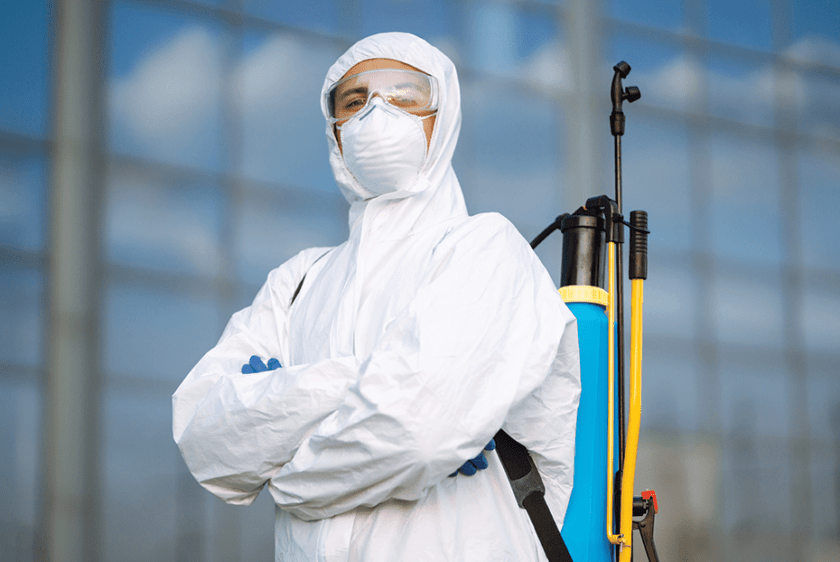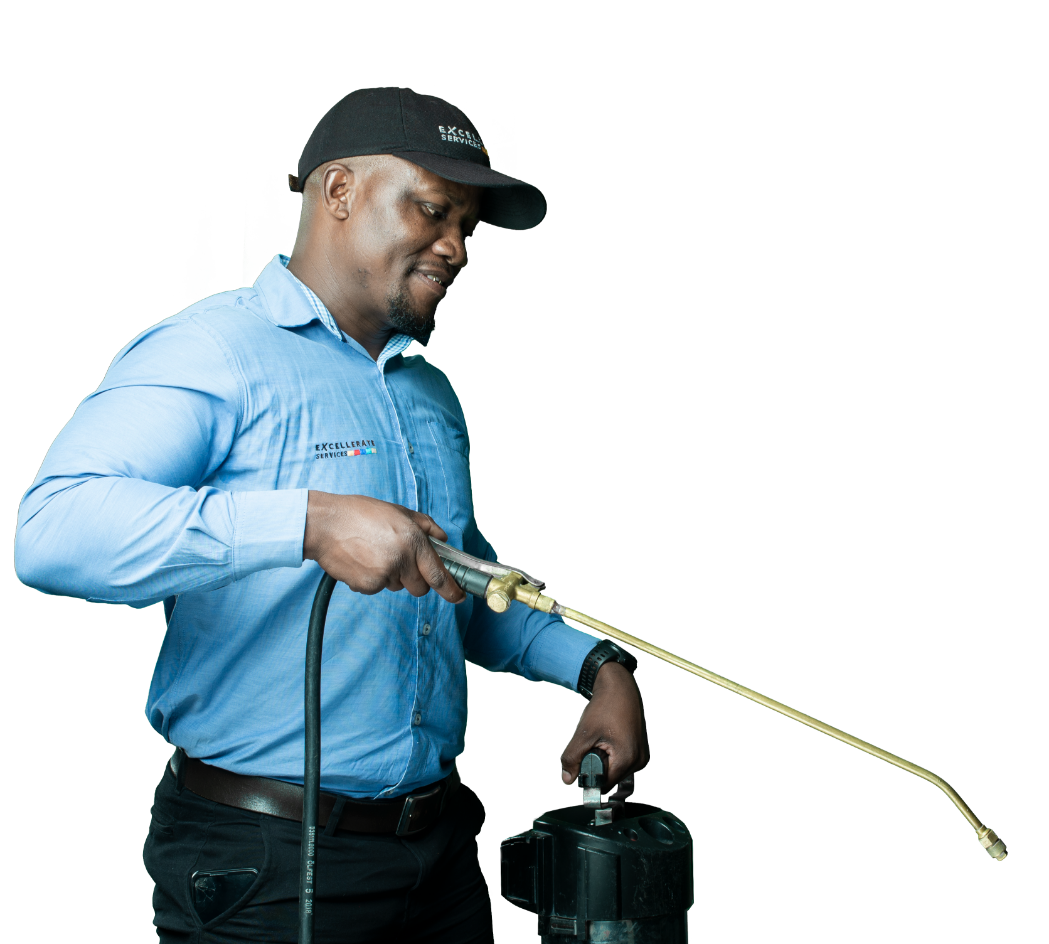Trust top-rated Pest Control for reliable pest prevention and peace of mind.
Eco-Friendly Pest Control Approaches for Handling Wild Animals in Urban Areas
Urban areas often discover themselves at the junction of human task and wild animals, leading to distinct difficulties in parasite monitoring. Environmentally friendly techniques emphasize sustainable conjunction, using strategies such as environment modification and natural repellents to reduce human-wildlife problems. These approaches not just protect the environment but likewise boost community engagement in wildlife management. As urban populations continue to expand, recognizing the characteristics of wild animals communications comes to be significantly vital. What ingenious approaches can be executed to make certain both eco-friendly equilibrium and urban safety and security? Discovering this inquiry discloses an engaging landscape of prospective options.
Understanding Urban Wildlife Characteristics
Comprehending Urban Wild animals Dynamics is essential for establishing efficient and environmentally friendly pest control approaches. Urban areas are increasingly ending up being environments for various wild animals species, driven by variables such as habitat fragmentation, food accessibility, and human infringement. Acknowledging these dynamics permits a nuanced approach to pest administration that lines up with ecological concepts.
Urban wild animals typically includes types such as raccoons, squirrels, and birds, which adjust to city atmospheres, finding specific niches in green areas, parks, and also suburbs. Their visibility can result in problems with humans, specifically when they exploit human resources for food and sanctuary. Recognizing the actions and ecological functions of these varieties informs techniques that lessen negative interactions while advertising biodiversity.
Furthermore, acknowledging the interdependencies within metropolitan ecosystems helps in determining essential locations for habitat preservation and reconstruction. This knowledge adds to the development of integrated insect administration (IPM) strategies that take into consideration the ecological balance, thereby lowering dependence on harmful chemicals. By fostering coexistence between human beings and metropolitan wildlife, cities can produce healthier atmospheres that benefit both citizens and regional ecosystems, leading the method for sustainable urban living.
Natural Repellents and Deterrents
All-natural repellents and deterrents offer a lasting alternative to traditional insect control methods by utilizing the power of nature to keep unwanted species away. These environmentally friendly services usually utilize plant-based ingredients, vital oils, and other normally taking place compounds that hinder parasites without damaging the setting.
One efficient all-natural repellent is peppermint oil, which is understood to fend off rodents and pests. Its solid aroma is undesirable to many parasites, making it a preferred option for urban setups. Similarly, vinegar and citrus peels can work as deterrents, as their strong smells are normally unappealing to numerous wild animals.
Furthermore, diatomaceous planet is an all-natural powder that can be spread in locations vulnerable to parasite activity, effectively dehydrating and hindering insects without positioning threats to non-target types. Furthermore, garlic sprays and neem oil are identified for their capability to fend off a wide variety of bugs, including both bugs and larger wild animals.
Executing these all-natural repellents not only decreases dependence on chemical pesticides but likewise promotes a much healthier urban community, cultivating a more well balanced conjunction in between humans and wildlife. By making use of these approaches, urban locations can effectively manage bug populaces while decreasing environmental effect.
Habitat Alteration Techniques
Effective habitat adjustment strategies play a crucial function in lasting bug monitoring by modifying the atmosphere to make it much less for pest infestations. By understanding the environmental dynamics of metropolitan locations, homeowner can implement tactical adjustments that discourage bugs while advertising biodiversity.
(Termite treatment Port Charlotte)One key technique includes preserving correct sanitation. This consists of routine waste elimination, securing trash can, and removing standing water to minimize reproducing websites for pests and rats. In addition, landscaping practices such as picking indigenous plants can boost eco-friendly equilibrium, supplying habitats for advantageous microorganisms while reducing sources for bugs.
Another essential technique is to secure access factors in buildings. Evaluating and repairing cracks in foundations, walls, and home windows can dramatically reduce pest accessibility. Furthermore, developing physical obstacles, such as fences or plant barriers, can hinder wild animals movement right into human-inhabited locations.
Integrated Bug Management Practices
Structure upon environment adjustment strategies, integrated parasite administration (IPM) practices supply an alternative method to managing bug populations while lessening ecological influence. IPM integrates different techniques, consisting of biological, social, mechanical, and chemical controls, to achieve reliable bug management.
Biological control entails the introduction of all-natural predators or bloodsuckers to decrease pest populations. Social practices, such as plant rotation and cleanliness, interfere with pest life cycles and reduce their environments - Pest Control. Mechanical controls, like traps and obstacles, offer prompt relief from pest stress without chemical treatment
Chemical controls are utilized as a last hope, focusing on targeted applications that limit harm to non-target species and the atmosphere. The choice of ecologically pleasant pesticides, when needed, is integral to the IPM framework. Additionally, monitoring insect populaces and analyzing prospective damages aids educate decision-making, guaranteeing that treatments are prompt and reliable.
Area Participation and Education And Learning

(Cockroach exterminator Port Charlotte)Workshops and informational sessions can equip residents with understanding about indigenous types, environment conservation, and efficient non-toxic parasite management techniques. Partnership with institutions, local organizations, and government firms further enhances academic outreach, making sure that essential info gets to varied target markets.
Moreover, community-led initiatives, such as neighborhood clean-up days and habitat repair tasks, not just advertise biodiversity however likewise enhance neighborhood connections. Pest control service. By urging citizens to share their experiences and observations, communities can develop targeted techniques that deal with particular regional bug problems
Incorporating responses from citizens right into bug administration intends enables a more receptive and flexible strategy to wild animals challenges. Ultimately, informed and involved neighborhoods are essential to attaining long-term success in environmentally friendly pest control, leading to much healthier urban settings that value both human and ecological demands.

Verdict
In final thought, eco-friendly parasite control approaches deal sustainable options for handling urban wildlife. By focusing on environment adjustment, making use of natural repellents, and applying incorporated insect monitoring methods, areas can foster an unified conjunction with neighborhood fauna. Engaging residents with education and learning improves awareness and motivates liable wild animals interactions. Eventually, these strategies not only safeguard biodiversity however additionally promote environmental health and wellness, making certain urban locations remain lively ecological communities where humans and wild animals grow with each find out here other.